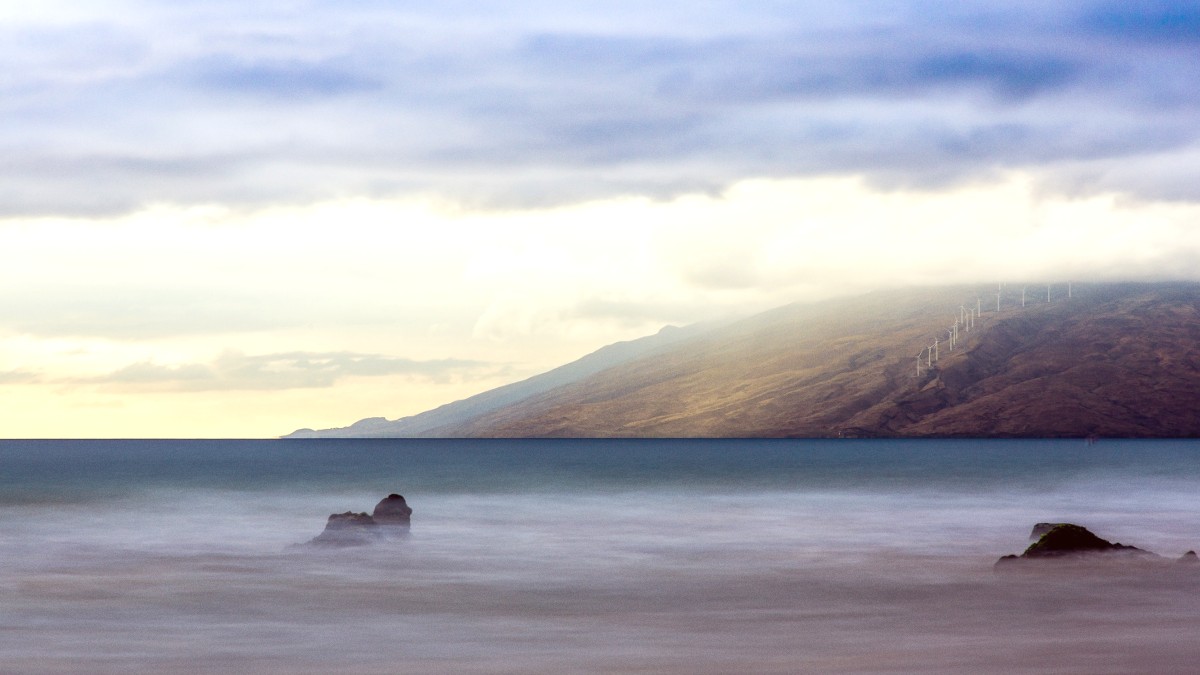
Hawaii, USA
The Maui Bus system connects major towns like Kahului, Wailuku, Kihei, Lahaina, Kaʻanapali, Napili, and Pukalani. It mainly operates as a commuter service for residents. It covers many popular tourist areas.
However, it does not reach all remote attractions like the Haleakalā summit or many stops on the Road to Hana. Route maps are available online on the Maui County transportation website, and at major bus stops and some visitor centers.
Buses generally run from early morning (around 5:30 AM) to late evening (around 10:00 PM).
Frequency varies from every 30 minutes on popular routes to every 1.5 hours on less traveled ones.
Use Google Maps for real-time bus tracking and route planning. Routes may require transfers.
Most common way for visitors to explore independently.
Available from specialized rental companies in tourist areas.
Local shops offer bike rentals for daily or weekly use.
Jeep Wranglers and convertibles are popular choices.
Walking and cycling offer ways to explore certain areas of Maui at a slower pace. Lahaina's Front Street remains a walkable area (in non-impacted zones).
Finding parking can be challenging in popular areas like Lahaina and Kihei.
Many resorts charge daily parking fees, ranging from $25-$50 or more.
Parking at popular beach access points can fill quickly, especially on weekends.
Taxis and ride-sharing services offer flexible transportation options, especially for shorter distances or when you prefer not to drive.
Valid driver's license and a credit card for a deposit.
Minimum age typically 21, often 25 for some classes.
All major international rental companies operate at OGG.
Book well in advance, especially during peak season.
Pick up your car at OGG (shuttle to off-site lots) or Kapalua Airport.
Consider local companies for alternative options.